Text

Soluzione has skilled Microsoft experts for various technologies under the PowerApps umbrella such as Model Driven App, Canvas App, PowerAutomate, Azure Functions, Robotic Process Automation etc.
This holistic approach ensures that you achieve your business goals. Hire Microsoft PowerApps developer.
0 notes
Text
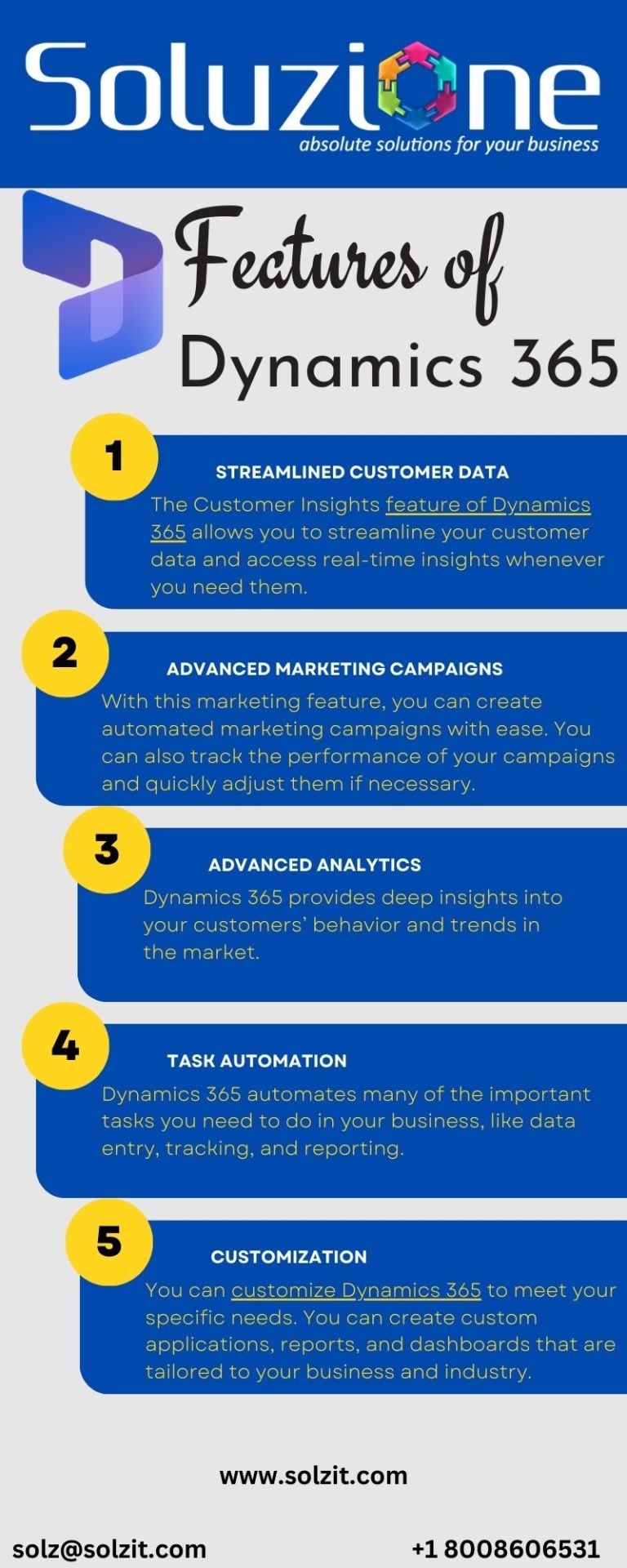
Soluzione specializes in helping businesses do things quicker, better, and wiser with a CRM. If you have planned to get started with MS Dynamics 365 CRM, we can help you navigate through the journey. We leverage our cross-sector expertise for implementing solutions and maximize them to their highest potential. We offer consultation, development and implementation for Dynamics 365 CRM solutions since 2011 and can prove to be the best partner for Dynamics 365 CRM.
Dynamics 365 Consulting Services | Soluzione (solzit.com)
0 notes
Text
Power Platform offer a set of Microsoft’s no-code/low-code tools to build cost-effective and end-to-end business solutions.
Microsoft Power Platform Consultants | Soluzione (solzit.com)
#MS Power platform#Power platform consultant#power platform services#Power Platform Consulting Services#powerapps consultant#power bi consulting services#power bi consulting
0 notes
Text
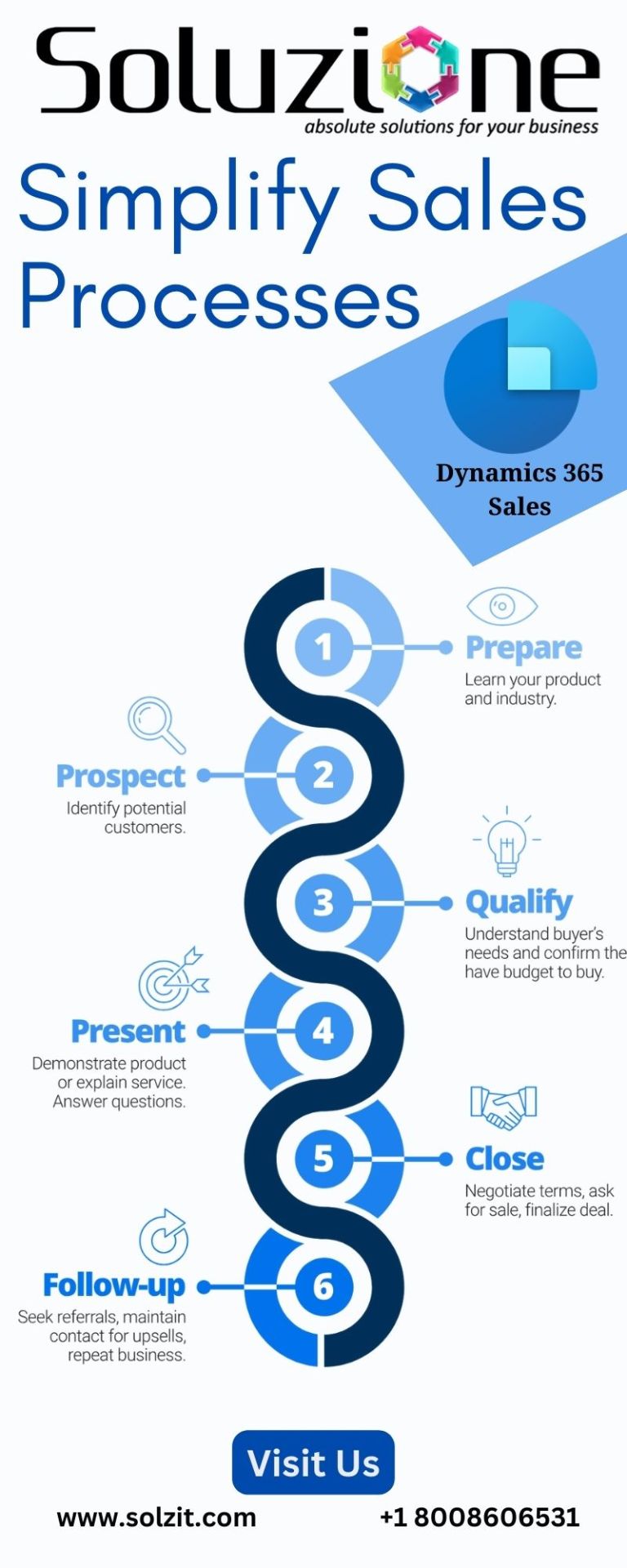
Soluzione is Microsoft Gold Partner and excels in CRM Software for all kinds of businesses and helps to enhance their efficiency in tracking sales funnel, leads and opportunities more effectively and improve sales performance by implementing Dynamics 365 for Sales solutions.
#Microsoft Dynamics 365#MS Dynamics 365#Dynamics 365 CRM#Dynamics 365 Developer#Microsoft Dynamics CRM#Dynamics 365 Marketing#Dynamics 365 Sales#Dynamics 365 Field Service#Dynamics 365 Project Operations#Dynamics 365 for Customer Service
0 notes
Text
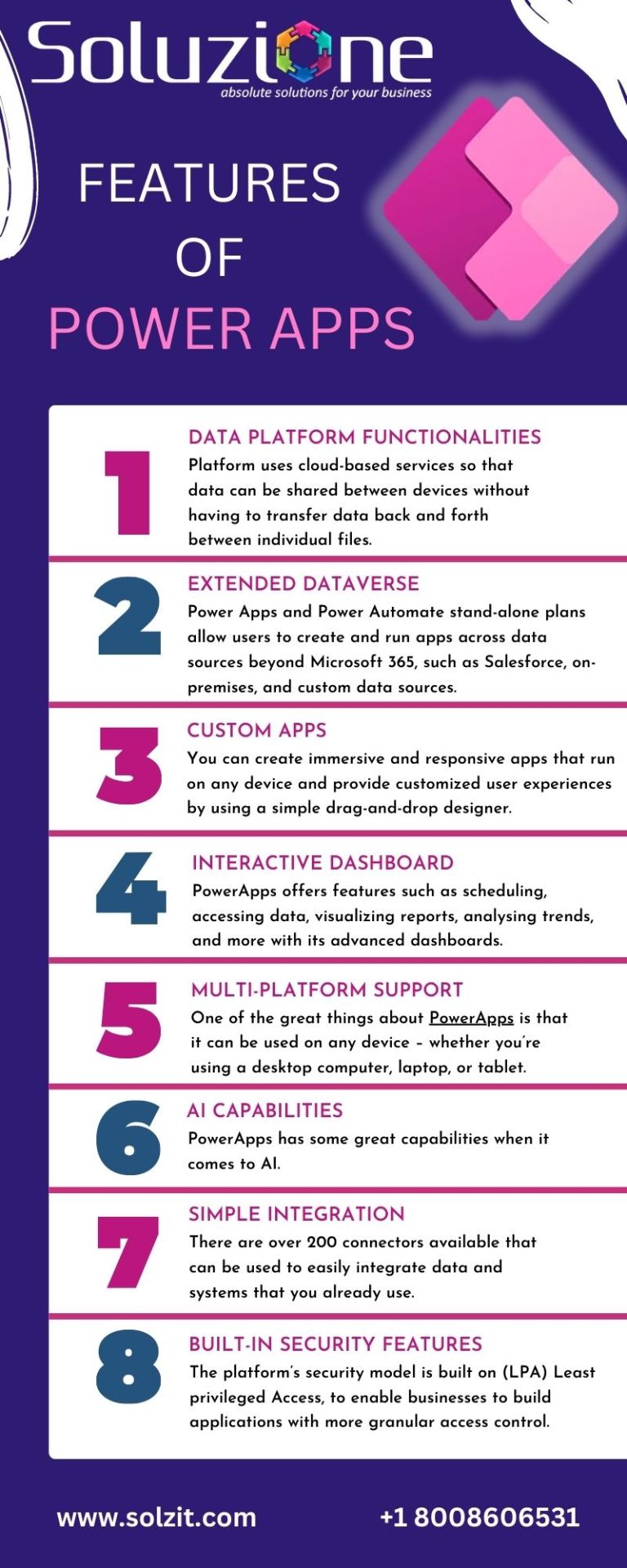
Soluzione is a leading low-code Microsoft PowerApps development company with a team of app developers
who have experience building interactive and world-class business applications for your company.
PowerApps Development Company | PowerApps Developers (solzit.com)
0 notes
Text
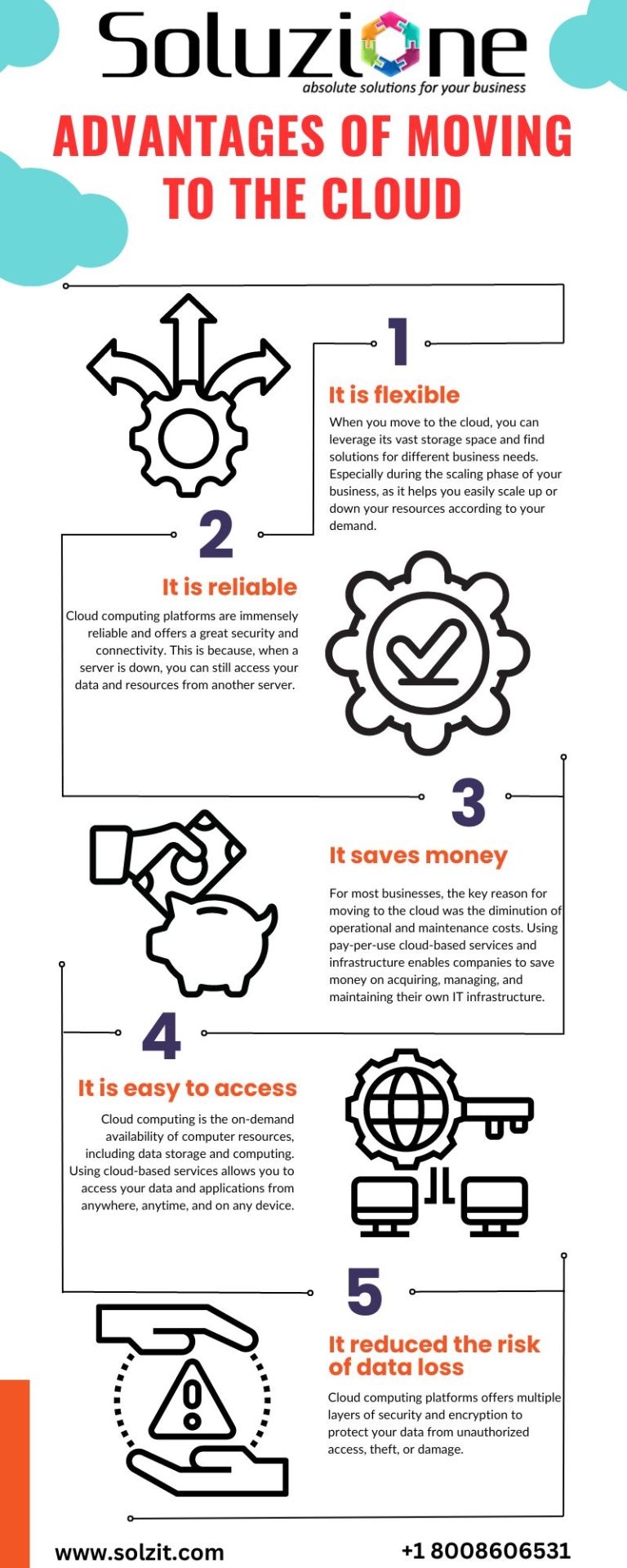
Moving to the cloud? Great decision. Want to know more about what you'll get when you migrate to the cloud? Read this blog post to find out!
0 notes
Text
Difference between Dynamics 365 Project Operations vs PSA

Since the latest version of project management tools, ‘Microsoft Project Operations," is here, it succeeds Project Service Automation (PSA) and project planning tools, with a more evolved version of these tools with additional capabilities.
Although we have already shared an update on the new release in 2020 with news releases, Microsoft has also stated that it is committed to making it a frictionless migration for PSA users. You might have hundreds of questions about how this quick disruption will impact your current projects.
If you have already migrated to Project Operations and are curious about the benefits of the migration. In this blog, we will provide you with a major difference between the newly launched D365 Project Operations and PSA, so you have an improved understanding of what you got with the decision to make the switch from PSA to PO.
So, let's get started.
Introduction to D365 Project Operations
Dynamics 365 Project Operations is the latest application that combines the capabilities of sales, resourcing, project management, and financial teams into a single tool to assist you in winning more business, completing projects faster, and making more money. In short, it offers everything you get in Dynamics 365 Project Service Automation (PSA) and Dynamics 365 Finance, which provide a comprehensive solution for managing project-based businesses.
For instance, Project Operations incorporates some of the project management accounting and expense management elements of D365 Finance, as well as Microsoft Project planning and scheduling capabilities (formerly unavailable in PSA).
This includes features such as:
Project planning
Resource utilization and optimization
Forecasting (e.g., expected resources, time, expenses etc)
Time and expenses tracking
Project budgeting (current, expected, and how they compare)
Business intelligence
After recent updates in its Wave 2 releases, D365 Project Operations is suited to more roles within the business than PSA, including:
Account managers
Project managers
Resource managers
Project accountants
COO
Why did Microsoft create Dynamics 365 Project Operations?
Microsoft developed project operations because it wanted customers to have a single solution to manage everything, they need to effectively manage a project.
Here are several factors that motivated it:
Users were confused about which Microsoft project management tool—Project, PSA, or Dynamics 365 Finance—would be ideal for them.
There was some functional overlap between these programs.
PSA users missed Microsoft Project's mature project planning features.
Many organizations serve their project business using a combination of PSA, Dynamics 365 Finance, and Project.
Some have been working on integrating these items to bring their capabilities together.
Project-based enterprises typically seek an end-to-end solution that covers the complete project cycle and meets project services demands.
Benefits of moving to Project Operations:
Today's project-based services market is competitive. Businesses face many challenges in closing new deals, completing projects faster, and raising profit margins. Yet many of these companies use independent, disconnected systems for sales, collaboration, project management, and financials.
Project operations can provide a variety of benefits that you might not experience with PSA. Which are:
You can get business insights to increase visibility across all teams, data, and processes, plus AI capabilities for proactive actions and recommendations.
You can win more deals and accelerate the sales cycle with fast and accurate quotes, flexible pricing, and seamless transitions from estimate to execution.
You can optimize your resources with intelligent and skills-based assignments, increase utilization, and foster collaboration across teams.
You can deliver profitable projects on time and within budget with streamlined project management, time and expense tracking, and project costing and billing.
You can simplify project accounting with real-time financial insights, compliant revenue recognition, and integration with Dynamics 365 Finance.
Project Operations and PSA differences:
Project operations and project service automation are solutions for managing and automating whole projects. They share similarities, but have many differences too, which you can consider finding out what's new with the all-new D365 Project Operations. The differences between PO and PSA can be many, but here are the most relevant:
Project Operations has a unified project management experience that spans from sales to delivery to finance, while PSA focuses on project delivery.
Project Operations has a modern user interface consistent with other Dynamics 365 applications. PSA has a legacy user interface based on the Common Data Service platform.
Project Operations has enhanced features for project accounting, invoicing, and revenue recognition, while PSA has limited features for these functions.
Project Operations has built-in integration with Microsoft Project for the web, while PSA requires a separate add-in for Microsoft Project.
D365 Project Operations covers both the front and back offices.
How to migrate from PSA to Project Operations
Project operations can be your best choice to get started with one of the rare tools that can help you gain valuable insights and find solutions that are easy to implement and use. For PSA users below, we have given them a quick road map to make their PO migration quick and simple.
Prepare your PSA environment for an upgrade by resolving any data issues, disabling any custom plugins or workflows, and backing up your data.
Update your customizations to cleanly import Project Operations by using the Upgrade Analyzer tool and resolving any conflicts or errors.
End-to-end testing in development environments by initiating the upgrade in the Power Platform admin center and verifying Project Operations functionality and data integrity.
Upgrade your production environment by repeating the same steps as in the development environment and notifying your users about the changes.
Wise words
With the release of Project operations in 2021, release wave 1 plan. Microsoft stopped selling PSA from 1 October 2020 when project operations became available. Since then, no new licenses can be purchased, and it stopped renewing existing PSA licenses. Support and updates for PSA will also be discontinued in October 2024.
If you currently have active Project Service Automation licences, you can install and use Project Operations, which has all the features of Project Service Automation and more.
PSA users will not be faced with immediate changes, but they are given enough time between their two (CSP contracts) and four (Enterprise Agreement Contracts) to transition to project operations. As promised by Microsoft, users will have a frictionless data upgrade from PSA to PO.
PSA users can get help from partners like Soluzione. We are a Microsoft Gold Partner Software Development Company that has assisted hundreds of businesses with absolute tech solutions for their businesses. We will guide you through all the ups and downs, so you can make the switch at your own pace. And once you are ready to move, we will provide you with migration tools to execute the process seamlessly.
For more information, visit @solzit
Source:https://www.solzit.com/difference-between-dynamics-365-project-operations-vs-psa/
#software development#dynamics 365#microsoft dynamics crm#Project Service Automation#Project operations#crm#salesforce#technology
0 notes
Text
Advantages of Moving to the Cloud Platform

Competition demands all businesses move to the cloud to meet their digitalization objectives. This is when companies migrate from on-premises systems to cloud technology. A solid cloud strategy driven by business vision, goals, and interests can clearly level the competition.
Moving to the cloud is especially relevant at a time of such great digital disruption. There are many other benefits you can enjoy when you use cloud-based services. In this blog post, we have outlined all the advantages you get when you choose to create a cloud strategy for your business. You will also learn why top companies are migrating to the cloud, as well as tips for successful cloud migration.
So, stay tuned...
What is Cloud Computing?
Moving to the cloud means transferring your data, applications, and services from your own servers or computers to a cloud computing provider’s servers or computers. This way, you can access your data and applications over the Internet instead of using on-premises solutions locally. Moving to the cloud can have many benefits, such as scalability, flexibility, cost efficiency, and security.
Cloud computing, which was previously only available to large companies, is now available to everyone at a price they can afford. In recent years, businesses have been enthusiastic about cloud services. The widespread use of cloud-based platform can be seen across industries and business types as well.
Top companies who have succeeded cloud computing
Cloud computing is used by organizations of all sizes and industries for a variety of purposes, including backups, disaster recovery, email, virtual desktops, application development, and testing, and big data analytics. Some of the popular examples of companies using cloud-based services are:
General Electric
Apple
eBay
Netflix
Fitbit
The full list includes a number of small businesses strengthening their presence online through cloud computing services. Our list below includes the most compelling advantages of moving to the cloud and why most businesses choose it.
Why do companies move to the cloud? - Advantages of Moving to the Cloud
It is flexible
When you move to the cloud, you can leverage its vast storage space and find solutions for different business needs. Especially during the scaling phase of your business, as it helps you easily scale up or down your resources according to your demand. Without worrying about its impact on performance and creating a different infrastructure to handle data and processes.
It is reliable
Cloud computing platforms are immensely reliable and offers a great security and connectivity. This is because, when a server is down, you can still access your data and resources from another server. It also allows backups and recovery options in disasters.
It saves money
For most businesses, the key reason for moving to the cloud was the diminution of operational and maintenance costs. Using pay-per-use cloud-based services and infrastructure enables companies to save money on acquiring, managing, and maintaining their own IT infrastructure. Now with the cloud, they don’t have to invest in hardware, software, or IT staff. You only pay for what you use, and you can benefit from economies of scale.
It is easy to access
Cloud computing is the on-demand availability of computer resources, including data storage and computing. Using cloud-based services allows you to access your data and applications from anywhere, anytime, and on any device. You can collaborate with your team members and customers easier than ever before.
It reduced the risk of data loss
Cloud computing platforms offers multiple layers of security and encryption to protect your data from unauthorized access, theft, or damage. You also have more control over who accesses your data and how with additional internal data security and access controls.
It has environmental benefits
This may sound simple, but cloud computing can reduce your carbon footprint and energy consumption. By using shared resources and optimizing performance, you can minimize your environmental impact. This can also be a reason why businesses find solutions to their challenges in the cloud.
How to move to the cloud?
If you are one of the businesses that feel the need to migrate to a cloud computing platform but don't know how to do so. This section of the blog covers everything you should know before moving to the cloud.
Before we continue, it’s critical to understand that no two businesses will have the same migration process. And there are different methods and strategies for different methods of cloud migration. Here we present some general steps to follow and analyse your current business scenario using the given tips.
Tips to consider before migrating to the cloud:
Establish your goals
Before you migrate to the cloud, you must understand why you’re doing so. What are the benefits and challenges you expect? What are your business objectives and requirements? How will you measure your success?
Apply metrics and KPIs to the goals
In business, you need indicators to track your progress and evaluate your results. For example, you can measure availability, scalability, performance, security, cost, and customer satisfaction before and after migration.
Select your cloud architect and migration team
A large migration may require a team of experts who can plan, execute, and monitor the process. You also need to assign roles and responsibilities to each member and communicate clearly with them.
Decide which data and apps will be moved to the cloud
In this step, you need to audit your current IT assets and decide which ones are suitable for cloud migration. You also need to consider the dependencies and interactions between them. You can use different tools and frameworks to assess your cloud readiness and compatibility.
Make a wise choice when choosing a cloud provider
You need to select a cloud service provider that meets your needs and expectations. You also need to compare different cloud service models (IaaS, PaaS, and SaaS) and deployment models (public, private, and hybrid) and choose the ones that fit your goals.
Back up your data
As a business, you may always need a backup plan in case something goes wrong during or after the migration. So, to avoid any data lost, you can plan multiple backups. You will also need to ensure your data is safe and secure and restore it if required.
Migrate to the cloud
Now you can execute your migration plan according to your strategy. Also, you can use different methods, such as re-hosting, re-platforming, refactoring, repurchasing, retaining, or retiring, depending on your situation. You also need to test your migrated data and apps for functionality, performance, security, and compatibility.
Review metrics and evaluate the success
During the final stages, you need to monitor your cloud environment and compare your metrics and KPIs before and after migration. You also need to collect feedback from your users and customers to identify any issues or gaps that need improvement.
Key takeaways
We hope the above-mentioned advantages and tips will help you make the most of your digital goals and facilitate a seamless migration to the cloud. While these advantages and tips on cloud computing may not be all there are, they show clear benefits to using the cloud.
These benefits increase IT infrastructure flexibility, performance, and connectivity throughout the business process. In addition, businesses can make the most of big data analytics, mobile computing, and emerging technologies like machine learning.
For more info visit us at @solzit
Source: https://www.solzit.com/advantages-of-moving-to-the-cloud-platform/
1 note
·
View note
Text
Direct Marketing v/s In-Direct Marketing

There are hundreds of strategies to market, sell, and distribute your products to potential customers. However, there are certain methods that are superior to others.
Top marketing strategies include two main routes: Direct and Indirect marketing.
Determine which strategy is best for you. It depends on your goals. But there are ways to determine the right marketing strategy. Read on to learn how to differentiate direct marketing from indirect marketing and find the best marketing strategy for your brand.
Let's begin with,
What is direct marketing?
Direct marketing is a powerful tool for organizations that wish to sell or distribute products online. It involves communicating directly with potential customers to generate sales. By communicating directly with prospective buyers through digital marketing channels, through email marketing and paid advertising, marketers can take full control of the customer experience. This will enhance brand loyalty and collect valuable customer data to optimize marketing.
This can be done through a variety of channels, from direct mail to email campaigns. There are many marketing channels involved in establishing immediate sales relationships, such as telemarketing and other sales channels.
Some of the popular examples of direct marketing include:
Direct mail
Paid advertising
Affiliate Programs
Email marketing
Telemarketing
SMS marketing
Leaflet distribution
Direct marketing benefits include:
High segmentation and targeting: It allows you to reach your specific audience segments and engage them with personalized messages.
Optimization of your marketing budget: Targeting online direct marketing to a specific audience allows you to set realistic budgets and track your return on investment (ROI).
Increased customer loyalty: Direct marketing campaigns can help build customer loyalty by providing personalized messages that resonate with your audience.
Increased sales: Direct marketing campaigns can increase sales by providing targeted messages that encourage customers to act.
Measurable results: Direct marketing campaigns provide measurable results that allow you to track your ROI and make data-driven decisions.
Direct marketing disadvantages include:
Direct marketing can be intrusive and annoying for consumers if they receive too many messages or irrelevant offers.
Direct marketing can be expensive and time-consuming to implement effectively.
Direct marketing can be difficult to measure and track campaign effectiveness.
What is indirect marketing?
Indirect marketing involves promoting a product or service through channels not directly related to the product or service. It is done through various indirect marketing channels, which includes various digital marketing strategies.
Some popular examples of indirect marketing include:
SEO-driven content marketing
Social media marketing
Influencer marketing
Public relations
Sponsorship
Indirect marketing benefits include:
Increased brand awareness: indirect marketing can help increase brand awareness by promoting your brand through channels not directly related to your product or service.
Increased customer loyalty: indirect marketing campaigns can help build customer loyalty by providing personalized messages that resonate with your audience.
Cost-effective: indirect marketing campaigns can be more cost-effective than direct marketing campaigns because they do not require as much investment in advertising and promotion.
Increased credibility: indirect marketing campaigns can help increase your credibility by promoting your brand through trusted channels, such as social media influencers and industry experts.
Indirect marketing disadvantages include:
No performance tracking: You cannot track your indirect marketing strategy because such strategies may directly impact sales.
No instant results: It generally takes a longer time to yield results, but is effective to educates customers and build brand awareness in the longer term.
It requires creativity: indirect marketing campaigns require creativity and innovation to be effective. This can be challenging for businesses without a creative team or a budget.
It can be difficult to measure ROI: Similarly, indirect marketing campaigns can be difficult to measure because they do not have a direct impact on sales.
Direct Marketing vs Indirect Marketing: Which is more effective?

Conclusion
Ultimately, both direct and indirect marketing strategies have their place in any marketing strategy. Similarly giving out the exact answer to Direct Marketing vs Indirect Marketing and that is a proven way to achieve success. As it is important to assess your business goals and target audience to determine which strategy is best for you.
Both forms of marketing can reach your desired results, so it's important to consider the pros and cons of each before deciding. Which this document was all about.
Further, Digital services continue to transform how modern businesses engage customers, and no business can thrive or even survive without an online presence. As it has been proven to double social reach and conversion rate in the digitalized world, it is more powerful than ever before.
If you are not among those business owners who are still not tracking their advertising, marketing, website, or SEO benefits, Soluzione is the next step for online business growth.
At Soluzione, we understand how digital services can help businesses make the most of their online marketing strategies, with a mixture of direct and indirect marketing strategies to drive more awareness, leads, and ultimately higher sales through email campaigns, best SEO practices, content marketing strategies, and more...
To see how you can rank higher, drive more traffic, generate more leads, and increase your revenue! Get started with a call with our experts... For more information about our services, products, and customers, please visit Digital Solutions at Soluzione.
To reach us now, connect us at @solzit
#direct marketing#indirect marketing#digital marketing#digital services#seo#smo#sales#lead generation
1 note
·
View note
Text

6 Benefits of Dynamics 365 Portals
Here are some key advantages of Dynamics 365 Portals that could fit your business right.
1 note
·
View note
Text
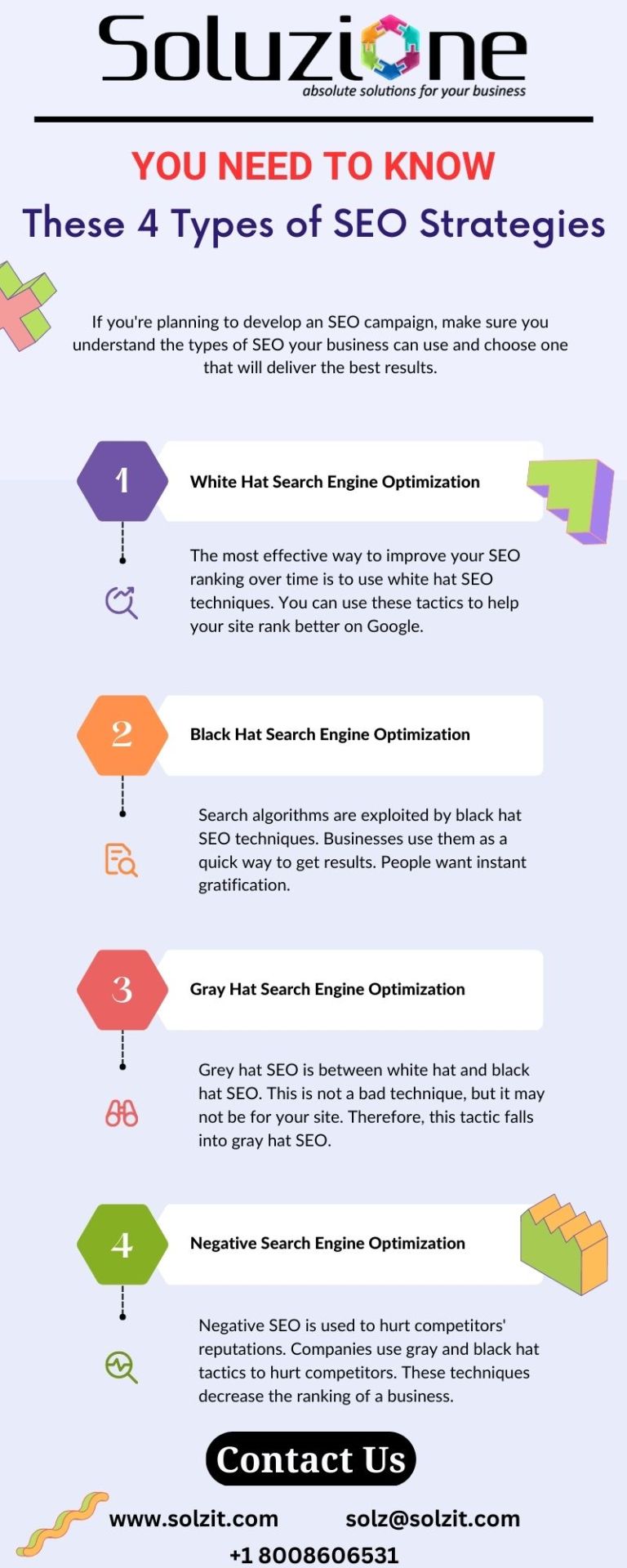
Types of SEO Strategies - Solzit
0 notes
Text
Difference between Application Maintenance and Application Support

Businesses face many challenges when managing and deploying their applications. From a strategic standpoint, it can be hard to determine which applications should be deployed and how they should be configured. It can also be tricky to keep track of all the updates and changes that need to be made to those applications. This is where application support and maintenance come in.
While both are important and have many similarities, there are a few differences between them that determine where they are typically used.
In this article, you can explore what application maintenance and application support are, and how they differ. The article also outlines the advantages of outsourcing application support and maintenance, to help you better understand both software development services and enable you to choose the best-outsourced application maintenance services.
Here are the key differences between them:

What Is Application Maintenance?
Application maintenance is an important part of software development. It's the process of updating and improving an application to make sure that it meets the needs of users and continues to meet changing market trends. This is a necessary task to keep your applications secure, reliable, and up to date.
Application Maintenance involves: Bug fixing, feature requests, and performance tuning or any errors that may have been introduced during the development process or after the application was released.
A bug fix is a change to the code that corrects a known bug. It is important to note that a bug fix does not always imply that the problem has been resolved; it may simply be a temporary solution until a more permanent solution can be implemented.
Feature requests are inquiries from customers about features that they would like to see in an application.
Performance tuning focuses on making sure that applications run as quickly as possible on all devices and platforms.
What is Application Support?
Application support provides technical assistance to users regarding their applications. This assistance can take the form of support tickets or online chats. This includes everything from ensuring that the applications are installed and configured correctly to address any potential issues that may arise. By using an application support team, businesses can avoid many of the challenges that come with managing and maintaining large business applications on their own.
Application support involves:
Reducing risks - The application support team is familiar with all aspects of business application technology, which reduces risk by preventing problems from occurring in the first place.
Issues with response time- When an issue does arise, your application support team will be able to address it quickly and efficiently, eliminating long wait times for customers.
Enhanced security- Having a dedicated team responsible for your business applications protects them from unauthorized access and changes.
Reduced cost- Having an application support team can save you money in a number of ways, including reduced security costs, faster response times, and reduced downtime due to issues with your applications.
Benefits Of Outsourcing Application Support & Maintenance
When running a business, there are many factors to consider, including the need for application maintenance and application support. Application support & maintenance provide a layer of security and stability for large businesses by ensuring that all applications are running smoothly and that any updates or changes are properly implemented. Additionally, this service provides proactive support for users who need assistance with using or troubleshooting an application.
In many cases, businesses opt for outsourcing application support & maintenance to enjoy better efficiency and mostly to save large money in the long run.
Outsourced application support and maintenance can offer several benefits to businesses, including:
Save you on cost: Outsourcing application support and maintenance can save businesses significant costs, as they don't have to hire and maintain an in-house team of experts. Outsourcing providers typically offer flexible pricing models, allowing businesses to pay only for the services they need.
Focus on Core Competencies: It allows businesses to focus on their core competencies and strategic initiatives rather than worrying about routine tasks.
Access to Skilled Experts Globally: Outsourcing providers have teams of skilled experts who specialize in application support and maintenance. This means that businesses can access a higher level of expertise and experience than they would be able to maintain in-house.
Improved Service Levels: Outsourcing providers typically offer higher service levels, with guaranteed response times and resolution times. This can result in better application performance and increased uptime.
Scalability: Outsourcing application support and maintenance can be easily scaled up or down based on business needs. This is particularly beneficial for businesses with fluctuating support requirements.
Reduced Risk: Outsourcing providers typically have robust security and compliance measures in place, reducing the risk of data breaches and other security incidents.
Conclusion
Application maintenance and application support are two important, yet distinct, services that businesses must consider when developing applications. To get the most out of this service, it is important to understand what application support & maintenance is and how to determine the best for your needs.
Additionally, you must consider the type of vendor that you will need for your project before selecting them.
Choosing the right application support provider
When choosing the right application support provider, it is crucial to consider factors such as experience level, service scope, pricing structure, and delivery methods. These tips will ensure you get the most out of your application maintenance and support services.
Once you have selected your vendor, there are several key questions that you will need to answer before proceeding with your project:
What is the expected timeline of the project?
How much will the vendor charge per hour?
What is included in the package?
When selecting a vendor for your application support & maintenance needs, make sure to ask questions so that you understand exactly what they can do for you!
Once you have answered these questions, you can begin planning out your project timeline and budgeting accordingly.
Remember that understanding what you want, and need is the first step toward successful outsourcing!
Partner with a leading software maintenance expert for curated development expertise:
We train our developers and support specialists in a variety of methods for finding bugs in your software and providing support services that meet your needs. With the right planning and a reliable vendor, your business can benefit from outsourcing application support and maintenance services at Soluzione.
For more information visit application support and maintenance services @Solzit
1 note
·
View note
Text
Get started with dynamics 365
0 notes
Text
1 note
·
View note
Photo

Power Platform offer a set of Microsoft’s no-code/low-code tools to build cost-effective and end-to-end business solutions.
To know more visit -
https://www.solzit.com/power-platform/
0 notes
Photo

Everything you need to know about Microsoft Dynamics 365 Customer Service
0 notes
Photo

Build Your Own Business App with Microsoft PowerApps
0 notes